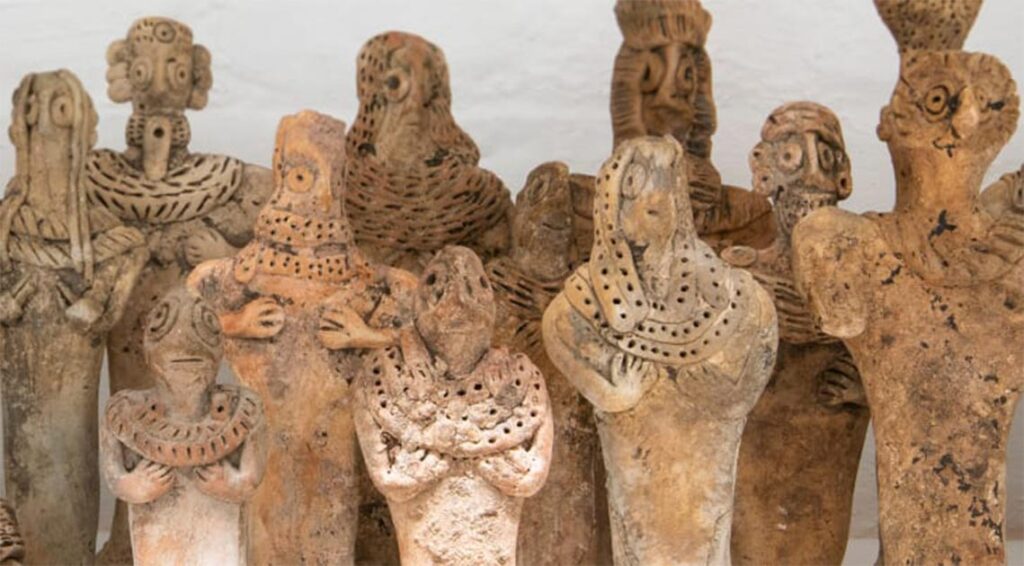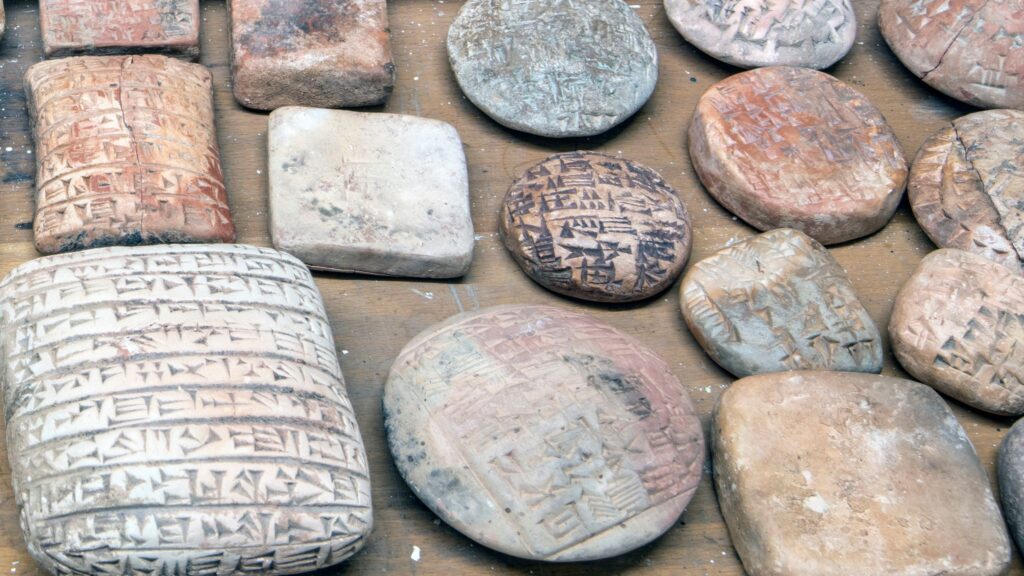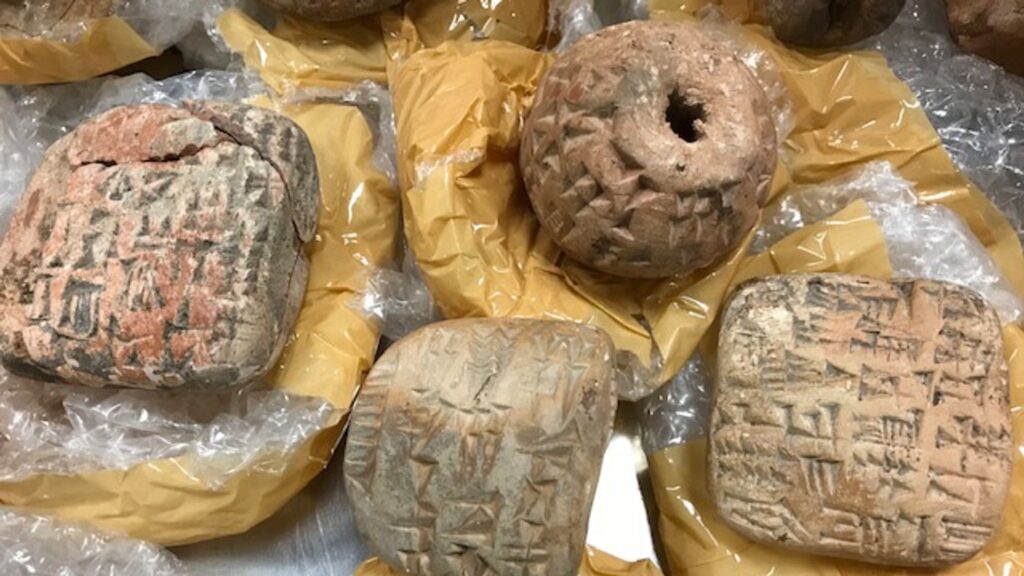Trunks of Fake Artifacts from the Middle East Seized at Heathrow
A number of objects confiscated by authorities and allegedly originating from the old Middle East have been described as fake. In July 2019, the Border Force intercepted a couple of trunks loaded with individually wrapped clay tablets, figures, and pots at Heathrow airport.


The freight was sent from Bahrain and bound for a UK address. Inside, a collection of clay tablets, figurines, cylinder seals, and animal-shaped pots were uncovered. As many as 190 tablets were also packaged inside.
However, experts in the Department of the Middle East at the British Museum have since classified the entire ‘trove’ as forgeries.
The collection of fakes will now be used by the museum for training purposes, though some will go on display for a brief time when the British Museum reopens.
‘These seizures confirm an emerging trend: capitalizing on interest in the purchase of antiquities, unscrupulous traders are faking Middle Eastern objects for sale,’ said John Simpson, curator at the British Museum.
Suspicions were first raised about the collection seized by Border Force by the Department of the Middle East.
The team said the collection appeared ‘to represent an almost complete range of basic items known from ancient Mesopotamia,’ according to a Press Association report.

Specifically, the collection included cushion-shaped school texts to be held in one hand and written on one side. It also contained prisms and cylinders for burial as building inscriptions and administrative texts, votive mace-heads, and inscribed dedicatory wall cones.
There was also a royal inscription that mentioned the late Assyrian king Adadnirari.
They also found a mathematical tablet, and an inscribed amulet resembling a unique example dug up at the Assyrian capital of Nimrud.
However, the cuneiform inscriptions were found to be a jumble of signs which made no sense.
Museum experts also discovered the clay used in most items was of a similar type, impossible in genuine articles – and they had all been fired in a modern kiln, rather than authentically sun-dried.
The tablet dimensions also did not match the originals, a common forgery error when working from photographs.
‘These consignments confirm the importance of vigilance on the part of our law enforcement agencies and the role that museums need to play in the identification of these objects,’ said Simpson.





